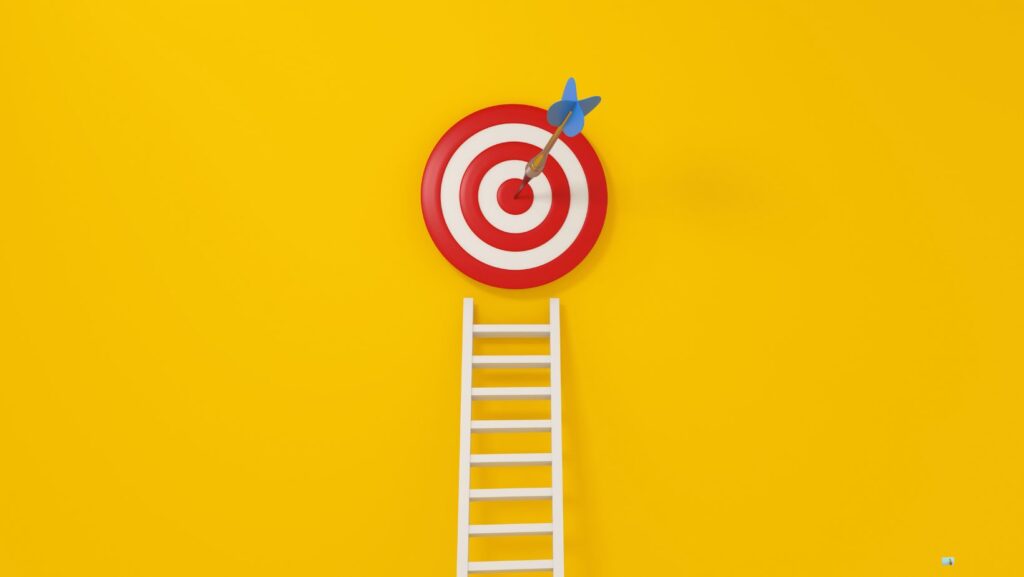Navigating the labyrinth of high school challenges requires more than just a backpack and textbooks; it demands a clear roadmap of goals. High school students stand at a pivotal juncture where the decisions they make can shape their future careers and personal growth. Goal setting isn’t just a skill—it’s an essential strategy that empowers students to envision their desired outcomes and plot a course to reach them.
Goal Setting for High School Students
 Goal setting plays a pivotal role in helping high school students navigate their academic and personal growth journeys. It equips them with the clarity and direction needed to maximize their potential during these formative years.
Goal setting plays a pivotal role in helping high school students navigate their academic and personal growth journeys. It equips them with the clarity and direction needed to maximize their potential during these formative years.
Goals serve as crucial tools for high school students, guiding them through their educational and developmental milestones. By setting goals, students gain the ability to focus on their priorities, leading to enhanced organizational skills and a stronger sense of responsibility. This practice not only prepares them for upcoming challenges but also instills a lifelong habit of proactive planning. Goals provide a benchmark for measuring progress and success, offering motivation and a sense of accomplishment as each milestone is achieved.
The Impact on Academic Success
Setting clear, measurable goals significantly impacts students’ academic performance. Targeted goals such as improving grades in specific subjects or developing key skills like time management directly contribute to academic excellence. Students who engage in goal setting are more likely to prioritize their studies, utilize their time effectively, and access resources that support their academic goals. This proactive approach fosters a productive learning environment, ultimately leading to higher grades and enhanced college readiness. Moreover, the habit of setting and achieving goals encourages a mindset geared towards continuous improvement, crucial for academic and personal success.
Types of Goals Every High School Student Should Consider
High school students benefit greatly from setting specific types of goals that enhance both their academic and personal lives. These goals help maintain focus and momentum throughout their educational journey.
Academic Goals
 Setting academic goals offers a clear roadmap for success in school subjects and examinations. For example, students might aim to achieve a specific GPA or master certain subjects like Mathematics or Science. These objectives encourage students to dedicate adequate time for study and revision. Furthermore, tackling challenging projects or aiming for high scores in standardized tests can also be part of one’s academic goals. Such targets propel students to stretch their capabilities and attain higher academic achievements.
Setting academic goals offers a clear roadmap for success in school subjects and examinations. For example, students might aim to achieve a specific GPA or master certain subjects like Mathematics or Science. These objectives encourage students to dedicate adequate time for study and revision. Furthermore, tackling challenging projects or aiming for high scores in standardized tests can also be part of one’s academic goals. Such targets propel students to stretch their capabilities and attain higher academic achievements.
Personal Development Goals
Beyond academics, personal development goals are crucial for nurturing soft skills and personal growth. These goals might include improving communication skills, which is vital for class presentations and future career opportunities. Students may also set goals to learn new skills outside the curriculum, such as picking up a musical instrument or learning Latin effectively or another language of their choice, fostering creativity and mental growth. Additionally, setting personal health goals, like regular exercise and healthy eating, is essential. These goals promote a balanced lifestyle, critical for mental and physical well-being.
Effective Strategies for Setting Goals
Effective goal-setting strategies enable high school students to achieve their academic and personal development objectives. These strategies serve as a roadmap, guiding students through the complexities of their education and future career planning.
The SMART Criteria
 Using the SMART criteria forms a practical approach to setting achievable goals. The term “SMART” stands for Specific, Measurable, Achievable, Relevant, and Time-bound, each adding a layer of clarity and accountability to the goal-setting process.
Using the SMART criteria forms a practical approach to setting achievable goals. The term “SMART” stands for Specific, Measurable, Achievable, Relevant, and Time-bound, each adding a layer of clarity and accountability to the goal-setting process.
- Specific: Goals must be clear and precise. For instance, instead of aiming to “improve grades,” a student might set a goal to “increase mathematics grades from B to A by the end of the semester.”
- Measurable: Goals need quantifiable criteria. Achieving an A in mathematics is measurable by tracking test scores and assignment grades throughout the semester.
- Achievable: Students should set goals within their reach. Enhancing math grades is achievable with additional study sessions and seeking help when needed.
- Relevant: Goals should align with broader long-term aspirations. Improving math grades might be relevant for a student considering a career in engineering.
- Time-bound: Setting a deadline ensures a timely pursuit of goals. Aiming to improve math grades by the end of the semester provides a clear timeframe.

